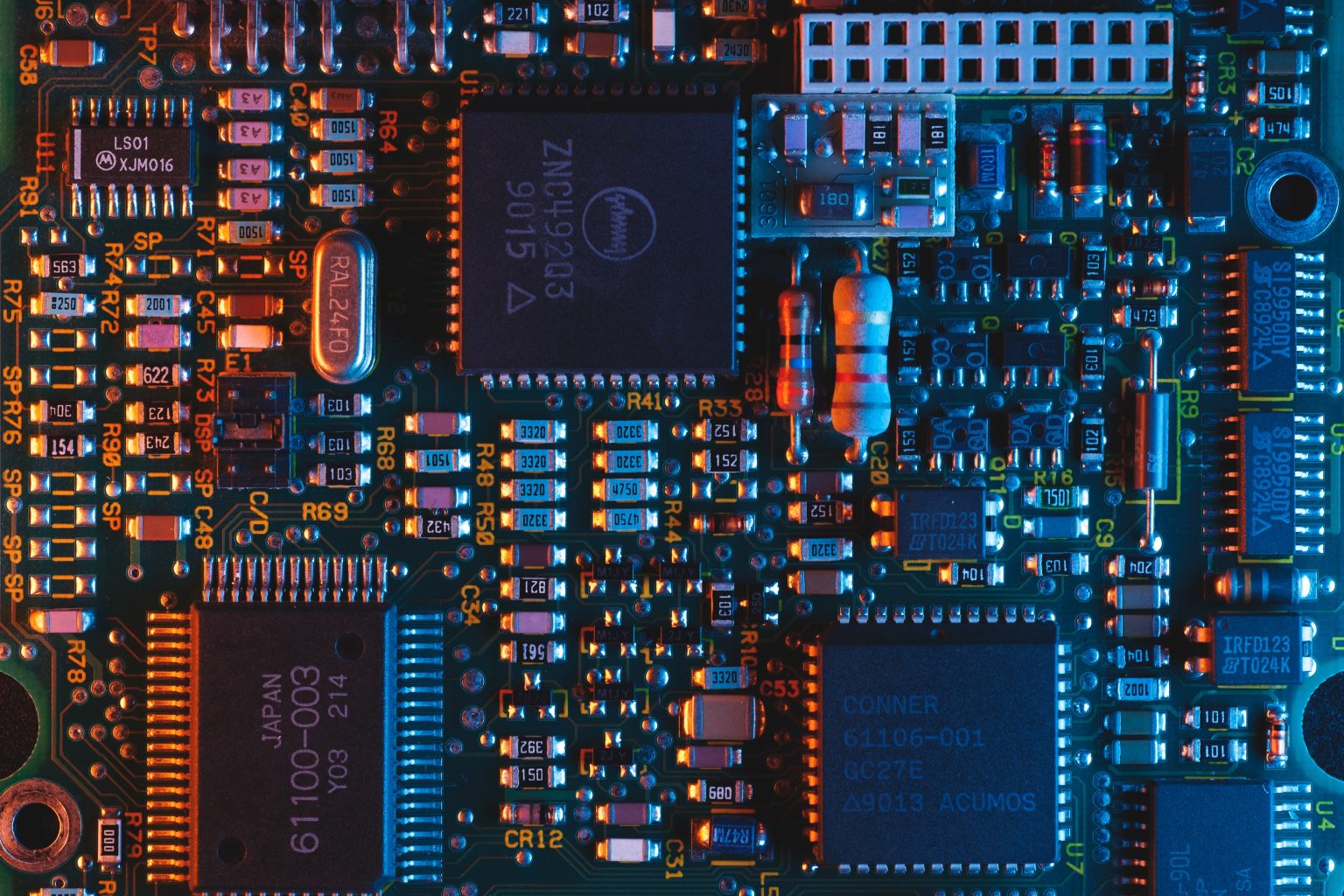The semiconductor industry is facing challenges in the year ahead.
Declining demand for consumer electronics is expected to result in a decrease in overall growth. Additionally, geopolitical factors such as the US implementing wide-ranging restrictions on chip sales to China and targeting the industry’s supply side with subsidies, as well as other governments introducing similar policies, add uncertainty for an industry that relies heavily on global supply chains and business freedom. These changes in 2023 will make it increasingly difficult for semiconductor businesses to navigate the market.
The great “reshoring” push
The US has allocated $52 billion to support domestic semiconductor manufacturing and research through the CHIPS and Science Act. Of that amount, $39 billion will be used to subsidize the construction of factories within US borders. Companies can apply for this funding in February 2023, with announcements made on a rolling basis.
Some of the funding may also be used to aid firms with US-based factories in producing military chips, addressing national security concerns about sourcing these vital components from abroad. As a result, experts predict that more manufacturing could be restored in the US, benefiting the defense supply chain. TSMC, for example, recently committed $40 billion to manufacturing some of the most advanced chips in the US for similar reasons.
However, there are potential challenges to “reshoring” commercial chip production. Currently, most chips used in consumer products and data centers are produced in Asia, and moving this manufacturing to the US could increase costs and reduce competitiveness, even with the help of government subsidies. TSMC founder Morris Chang has noted that manufacturing costs in the US are already 50% higher than in Taiwan.
Chip companies such as Apple, Qualcomm, and Nvidia may struggle to balance the costs of manufacturing chips in the US versus sourcing them from Taiwan, according to Paul Triolo, a senior VP at the advisory firm Albright Stonebridge. In the long term, if companies cannot afford the higher costs or secure government subsidies, they may be less likely to invest in US production. Other countries, including Taiwan, Japan, and South Korea, are also offering incentives to attract chip factories. The European Union is expected to introduce subsidies in 2023, but finalizing them may take longer due to negotiations among member states.
Navigating a newly restricted market
In October, the US implemented strict controls on the export of advanced chips and technologies to China, impacting nearly all entities in China. This policy has left the industry uncertain about which chips and manufacturing technologies are considered “advanced” and how the rules will be enforced. The US Department of Commerce clarified some points in a Q&A, but many questions remain unanswered. Chinese companies may seek ways to bypass the restrictions, while non-Chinese companies will seek workarounds. It is possible that the US may impose further restrictions in the future, but opinions on this vary. While some experts believe the US will expand export controls, others believe that the current policy may remain in place for some time.
How China will respond
Experts predict that China is unlikely to respond dramatically to new US export controls in the semiconductor industry, as they lack the necessary tools for effective retaliation. Despite owning 80% of global refining capacity for rare-earth materials, which hold importance for military and consumer technology, China is unlikely to limit exports in this area. Instead, China is expected to focus on propping up their domestic chip industry through subsidies. However, questions remain about how to allocate funding efficiently, especially after corruption investigations into their existing government chip investment fund. While aggressive retaliation may not be China’s approach, the situation remains dynamic and open to change.
The Taiwan question
To cut off China’s access to chip technology, the US needs cooperation from countries like the Netherlands, Japan, South Korea, and Taiwan, which control key processes that can’t be replaced domestically. However, maintaining the trade relationship is economically beneficial for these countries, which creates a challenge for the US. While the Netherlands and Japan have agreed to some US export control rules, disagreements among countries over the details could grow over time. Taiwanese companies, who are heavily entangled with China’s economy, are hedging against uncertainties by investing in overseas facilities like TSMC’s planned chip fabs in Arizona. Though conflicts could arise, most experts don’t see military conflict between Beijing and Taipei in the near future.
The division between Taiwan’s chip industry and the US is solidifying, which could lead to an ideological split in the global semiconductor industry. One industry expert predicts that there will effectively be two separate chip worlds, with one comprising the US and its allies and the other consisting of China and countries in Southeast Asia, the Middle East, Eurasia, and Africa. Those nations that have traditionally relied on China’s financial aid and trade may be more likely to adopt Chinese standards when building digital infrastructure. Though the decoupling would occur gradually, it seems inevitable, so governments should start making contingency plans now. This story is part of MIT Technology Review’s What’s Next series, which provides a glimpse into the future of industries, trends, and technologies.
